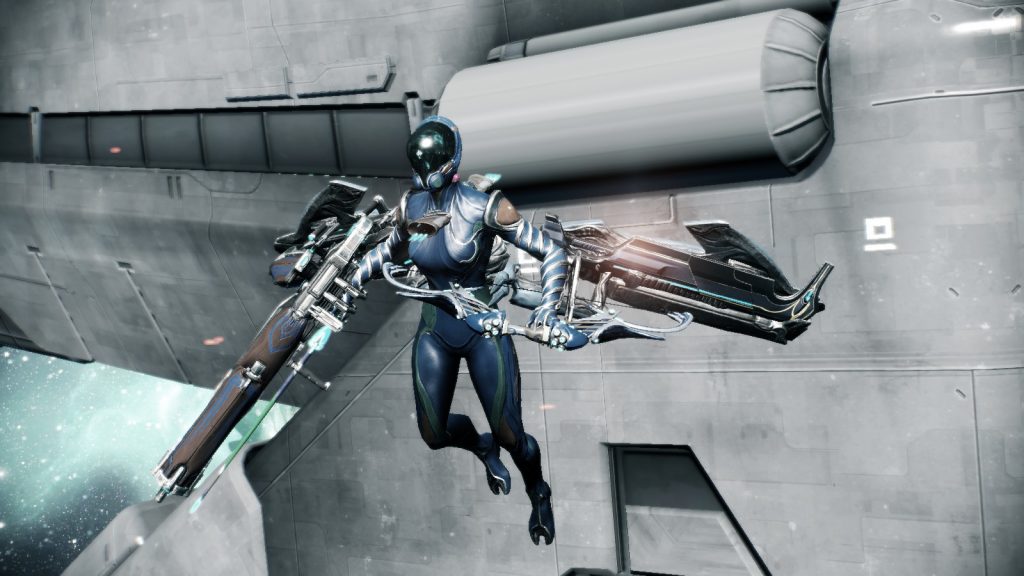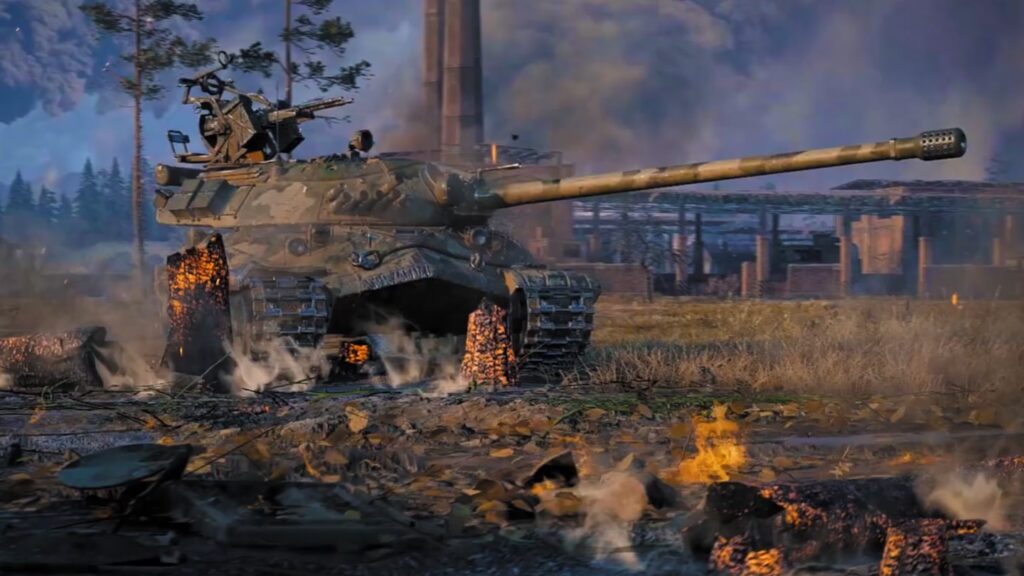A major reason for wanting to write “Game Design Deep Dive: F2P” was to explore the idea of video game ethics. There have been several attempts at trying to define an unwritten contract between developers and consumers, but none of them have stuck. With the acceptance of F2P and live service design in the market, I feel that now more than ever there should be some guidelines as to how a game should be designed. Not only that, but I want to also share a new term I think should define games that meet these standards.
The Ethics of Monetization
Over the past decade we have seen lines in the sand drawn over the use of live service and F2P design. There are people who will refuse to play any game that is F2P and those that will decry any monetization as “P2W.” The problem is that without having an acceptable definition as to what is fair, this muddies the discussion and makes it hard to explain both good and bad examples.
A case in point is the incorrect opinion that cosmetics are fair to only have purchasable options because they don’t impact the gameplay. Then there are games like Path of Exile and Warframe that despite having robust online stores are very fair to play. Conversely, there are plenty of mobile games that may not sell a lot but are still designed to be exploitative to their consumer base.

games like Warframe and Path of Exile are few in far between compared to other F2P Games
As I will discuss in my next book, developers deserve to make money off the content they create in video games. Asking any studio to work for months and years on additional content for free is too much to ask and is unsustainable. However, that doesn’t mean that a developer is entitled to all the money someone has, or to design a game to explicitly or implicitly manipulate someone into spending money. Good videogames are inherently addictive to play but to design a game that forces or conditions someone to keep playing and paying is not healthy for the industry.
Free to Play design and P2W elements don’t exist as an on/off switch, but across a spectrum. On one end, we have games where players can spend money to gain advantages over someone else while playing, and on the other side, there are games that have been funded by governments or groups to educate people with no intention of selling. Every videogame that is intended to be sold has a monetization model attached to it. For what I want to define today, these would put a game as close to being free to play as possible while still providing elements that can bring in revenue for developers.
Player Friendly Design
Player Friendly Design, or PFD, represents games that are ethical in terms of how they treat their audience while still providing monetization systems for the developers to earn revenue. Since this is discussed at very much length in my next book, I’m going to be giving the shorter version of each point here.
For a game to be considered PFD, in my opinion, it must meet the criteria of the following four points.
-
Is the player forced to play the game when they don’t want to?
I know this point will receive some pushback from defenders saying something along the lines of “if the player is having fun, how are they being forced to play?” Part of this discussion on PFD, and the larger points about ethical game design, is that a game should not be designed to purposely demand time from someone.
There is a big difference between someone spending hours playing XCOM, Civilization, or any multiplayer game because they want to, and having to log into a game at specific times because they need to in order to keep up. Any game that has content locked to specific times of the day is guilty of this; likewise, if a game demands a daily time commitment to have any chance at progressing, that’s also a problem.
You can have content that rewards daily play, but there are ways of doing it without being demanding. Games that let you “pool” daily quests and rewards over a few days is a great way of having daily rewards but letting someone do it on their own time. The daily loop itself should be designed to require as little time as possible to make the most impact. I would argue that a good time frame for daily loop play should be 20-30 minutes, and never going over an hour. You may think that is too short, but remember, this is the required time to play a game daily, someone can keep playing if they want to, or be finished for the day.
You should also be mindful of requiring the player to log on at specific times of the day, such as for PvP events. While having fixed times helps to make sure that the player base is available for PvP, there should be multiple options because everyone is in different time zones.
What you want to avoid is expanding the daily loop with more and more time sinks. If someone needs to play a game for hours daily to complete the tasks, that’s not PFD. Of the mobile games I played while doing research, surprisingly, Arknights‘s daily loop is the fairest in my opinion. The game has many generalized tasks for both daily and weekly quests that it’s possible to complete enough within about 20-30 minutes of play and get it all.
-
Does someone feel forced to spend money?
The second point is when we see the first inklings of P2W. The player should never be put into a position where they feel that the only answer is to spend money. Many mobile/gacha games have explicitly designed difficulty spikes that are placed to make it difficult for non-paying players. Either they were lucky enough to get the exact things needed to push through it, get help from another player, or they must spend money to proceed. Both Arknights and Punishing Grey Raven have pain points stages that major rewards are locked behind, as well as in other mobile games.
There’s a difference between spending money because someone wants to, vs. spending it because they feel they have no other choice. For games with alliance or group activities, having the right characters or team compositions can be crucial for everyone, and this can lead to forced buying to “keep up.” Likewise, peer pressure from not owning specific skins or being targeted because you’re still using the starter costumes falls into this group. If games have required PVP components, putting non-paying players against those with a lot of money invested can feel like fighting a tank with a spoon. This kind of matchmaking is something that Activision-Blizzard trademarked and is very unethical.
There should not be one purchase that is required to play, either because you get something so good, or you unlock a service or quality of life feature that dramatically improves the game. Speaking of which, that takes me to the next point.
-
Does spending money create a unique and better experience?
This is the point that closely mirrors the talking points behind P2W games. By spending money, does this create an advantage that cannot be replicated by free players? This is not the same as spending money to get more gacha currency or unlock things faster but spending money to get a benefit that has no comparable free version. One of the basic tricks is the use of a VIP system, where the more someone spends lifetime-wise, the more unique features and quality of life bonuses they get for their account.
There should obviously not be anything gameplay-effecting that is locked behind a paywall. For example — spend $4.99 and all your characters do 20% more damage. This was one of the complaints I had with World of Tanks and its use of gold premium currency to buy ammo that is all-around better in a competitive game. One of the worse examples in my opinion was how Marvel Strike Force explicitly limited how many free shards were available for new characters so that a nonpaying player could not unlock a character when they first appeared no matter what.

World of Tanks’ use of “gold ammo” puts it very much in the P2W category
This point is also about striking back at a common defense behind F2P games — having cosmetics that are purchasable only. A running theme of F2P games has been having entire wardrobes of costumes, skins, etc. that can only be bought using real money and never anything unlocked in-game. The defense being that because they offer no gameplay-effecting value, then they’re fair game to put behind a paywall.
However, personalization is a huge aspect of player psychology and manipulation when it comes to FOMO (fear of missing out). I’m not saying that you can’t charge for cosmetics, but your game should have either a way of earning the currency fairly in-game or have free variants that can be unlocked through play.
In an interesting comparison, Azur Lane is one of the easiest games to get gacha currency, but the hardest to get cosmetics. While Arknights can make it a challenge to get its gacha currency but is the only mobile game I played that you could earn currency very regularly to buy cosmetics through play, but they do limit which costumes are available at any given time.
Free players know that they’re not going to unlock everything at the same speed or time compared to someone who can spend hundreds of dollars in-game. But both groups should eventually be able to reach the same point progress-wise.
-
Can a Free Player Compete with Paying Players?
Live service is the major pull of mobile and F2P games, which also means keeping a game updated and growing for months, or years, of its lifespan. The longer a game is out, the more content is available and oftentimes, is fundamentally a different game than it was at launch. This is often one of the hardest points for competitive-focused live service games to maintain — can a free player log on, and still be able to compete/contribute compared to paying ones?
Many live service games, such as Dead by Daylight, Hearthstone, and League of Legends, will create new content that is inherently more unique, and arguably better than, the launch content. This is not meant to say the developers are trying scam players, but it just comes with a team getting more comfortable with their design and philosophy over the years. The point is that there should not be any content produced that a free player cannot compete against with the options available to them. Deck builders have a problem in this regard, as new expansions/boosters mean new rules and mechanics are introduced.
Marvel Strike Force is once again a bad example of this when they introduced a character who could revive teammates with no counter to it. When they did create a character who could counter this effect, they locked them behind the legendary rank that most free players would not be able to unlock for a long time.

Dead by Daylight has had to update older characters on multiple occasions for balancing concerns
Another aspect is that as a game changes in terms of its meta, rules, new mechanics, etc., the onboarding and tutorials must grow to accommodate the new features. Dead by Daylight is a poor example of this, with its tutorial not mentioning really anything that has to do with the meta and new mechanics today. New players can only learn about new perks or killers in the middle of a match or by buying the respective features.
There should not be any mechanic or ability that’s locked behind a paywall that free players will have to deal with. This also means that future balance for a live service game must also be aimed at what free players can access, and if that means giving them access to free, but not as powerful, options that make use of the new mechanics, then so be it.
What are the top games?
Looking at the games I’ve played while doing research for “Game Design Deep Dive: F2P” and the ones that are the closest to hitting these metrics are Path of Exile, Warframe, and Arknights.
With the former two, these are fully feature-complete games that just so happen to be free to play titles with monetization. Arknights‘ unique design afforded the developers the chance to make a differently designed and balanced F2P game. While you can certainly spend a lot of money in the game, and I’ve seen people do just that, you can make progress with the free characters.
Discussions about ethical design are going to become more important when NFTs and Play to Earn games begin to appear, whether you like them or not. And if the game industry doesn’t establish some kind of coda for these situations, other countries may do it for us, and that could be disastrous for many studios.
If you’re interested in my next book Game Design Deep Dive F2P, preorders are going to be available soon and it is due out around August of 2022
If you enjoyed this story, consider joining the Game-Wisdom Discord channel. It’s open to everyone.

